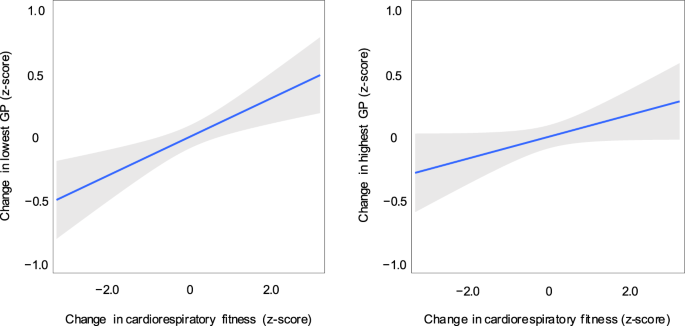Physical Fitness Can Boost Students’ Lowest Grades
Published in Neuroscience

Numerous studies have found that greater physical fitness correlates with better academic performance in schoolchildren, but several studies have also found that placing schoolchildren in physical fitness programs does not necessarily lead to improved academic performance. The relationship between physical fitness and academic performance appears to be more nuanced than one would think.
So, to better understand it, we analyzed the grades of 469 Japanese junior high school students who underwent cardiorespiratory fitness assessments first in their seventh grade and later onlater in the ninth grade. With theseis data, we could calculate improvements in their cardiorespiratory fitness over two years and test for relationships between fitness improvements and changes in grades, measured here as grade points (GPs).
These analyses showed that improvements in cardiorespiratory fitness did not correlate with academic improvements across the students’ report cards. Rather, improvements in cardiorespiratory fitness correlated with increases in the students’ lowest grades but not with increases in the students’ highest grades (Figure 1). That is, students who became fitter raised their lowest subject-specific grades but not their best subject-specific grades.
In light of this finding, we advise that future investigations into the relationship between physical fitness and academic performance should take into account the ways in which variability in a student’s baseline grades can influence that relationship. Although the relationship can be complicated, this study’s findings highlight the importance of physical fitness for brain development and educational outcomes.
.png)
Author: Toru Ishihara.
Contributing authors: Noriteru Morita and Keita Kamijo.
Follow the Topic
-
npj Science of Learning

An online open access peer-reviewed journal dedicated to research on all aspects of learning and memory – from the genetic, cellular and molecular basis, to understanding how children and adults learn through experience and formal educational practices.
Your space to connect: The Psychedelics Hub
A new Communities’ space to connect, collaborate, and explore research on Psychotherapy, Clinical Psychology, and Neuroscience!
Continue reading announcementRelated Collections
With Collections, you can get published faster and increase your visibility.
Effects of lifestyle behaviours on learning and neuroplasticity
Publishing Model: Open Access
Deadline: Mar 09, 2026
Reimagining Teaching and Learning in the Age of Generative AI Agents
Publishing Model: Open Access
Deadline: Jul 13, 2026




Please sign in or register for FREE
If you are a registered user on Research Communities by Springer Nature, please sign in